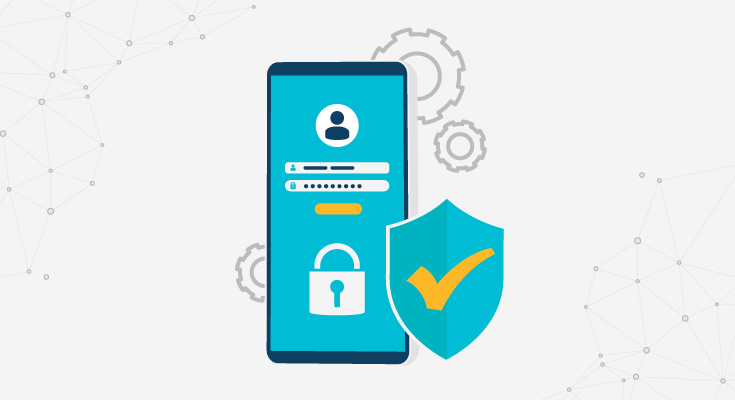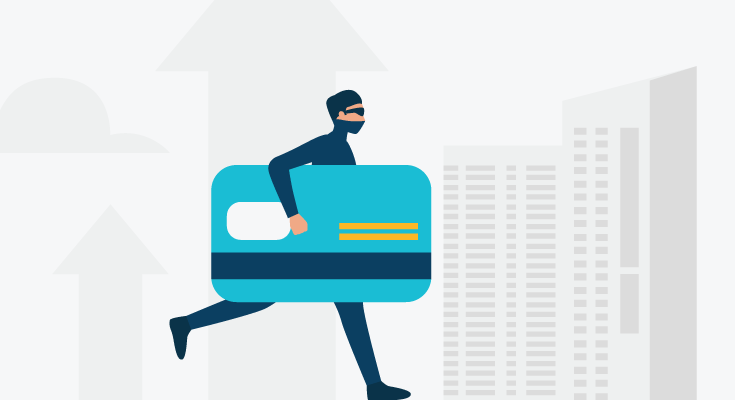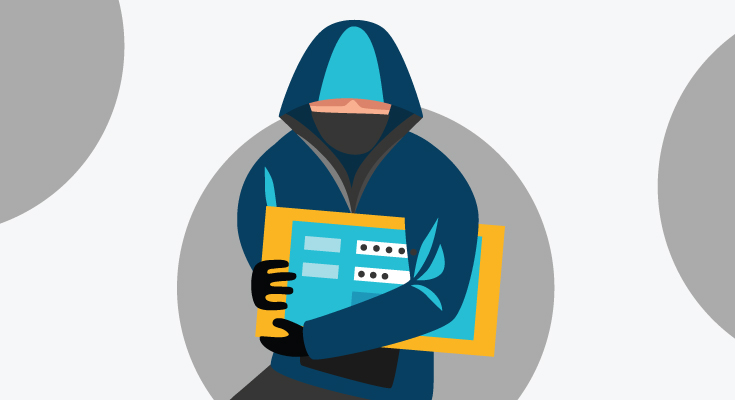Due to the digitization of the world, the interactions between businesses and consumers are on the rise. As businesses are switching to digital methods of transactions, commerce is becoming global instead of sticking to one particular region. With the rise of digital services, the problem of document verification and how to build trust among your brand and customers also increases. If your business is online, then you will need to learn how to prevent your business from online identity theft.
According to the global fraud index, the number of frauds is on a constant rise. In the last 12 months, more than 60% of businesses have experienced some kind of fraud or an increase in fraudulent activities. This sudden growth in fraud-related activities calls for swift and secure document verification processes. As a business, you must learn how to protect your business from online fraud in KYC/AML.
Using the best document verification technology, you can satisfy internal compliance and AML teams, and regulators with a verifiable audit trail of the original source of documents. Almost 80% of businesses that operate on digital models have shown a lot of interest in acquiring greater security measures and using them for document verification processes. Here are our tips for online KYC verification.
How to Prevent Business from Online Identity Theft During Document Verification?
As a business, what kind of investments have you put in place to manage your risks against document fraud while keeping in mind compliance with KYC and AML. If you know that your business is weak in this particular area, then you should make use of the following KYC tips. You should be aware of the main areas you need to focus on to prevent fraud and stolen documents in KYC & AML. Here’s how to do online KYC securely:
1. Make Sure All Your Payment Methods are Secure
It doesn’t matter if your business uses Paypal Credit Cards or any other form of online payment, you need to be aware of all the policies that can affect your business adversely. If you want to start preventing businesses from online identity theft, then you should pay attention to payment method policies.
As a business, it is good practice to familiarize yourself with all the necessary security measures and apply them to your business. Following up with that can be incredibly beneficial for your business and it can help you protect yourself from document fraud. It is one of the best tips for online KYC verification.
2. Protect Yourself Against Chargebacks
Chargebacks are huge issues for businesses that operate completely online. They happen when a customer reaches out to their bank to claim that a payment hasn’t been authorized properly.
Different banks, credit cards, and even PayPal have different policies for handling chargebacks, we suggest that you look up these policies so you know what to do to protect yourself.
In terms of preventing and winning cases for chargebacks, you need to make sure you always have tracking. If you sell physical products then tracking lets you prove the suitable delivery of goods and signature on receipts. This step will help you in preventing businesses from online identity theft.
3. Use Common KYC Practices to Fight Fraud
If you’re wondering how to do online KYC securely, you need to follow the most common KYC practices to fight document fraud.
- Verify email addresses.
- Verify telephone numbers (by sending an OTP via SMS).
- Check public records while you’re dealing with businesses or individuals (for verifying addresses and other details).
- Validate any document with the issuing bodies.
- Ask specific questions that only the customer or the business you’re dealing with would know about.
- Try doing the whole KYC procedure on video. Which is also known as the video KYC process.
Follow these KYC tips for online business, to make sure your business doesn’t get hurt. All of these KYC tests are simple and very easy to implement and all of them are great ways of preventing document and identity fraud.
4. Use a 3-D Secure System
A 3-D secure system was introduced and adopted by major credit card companies way back in 2010. It’s a secure system that was designed to authenticate at three different levels. Preventing businesses from online identity theft is one of the main purposes of a 3-D secure system.
A 3-D secure system verifies information on the bank and the business of the sender and the information on the bank of the receiver. You can deploy the 3-D secure system as an extra layer of security so you can prevent yourself from document fraud. Using this, the information that is exchanged via intermediary companies can be used to process a transaction that can also be used for verification purposes.
5. Use AVS Response Codes
Address verification service or AVS has a specific code that can be used to confirm a user or customer’s address. This whole process depends on cross-referencing, the address that a customer has provided is cross-checked with the address provided to a credit card company. Using AVS response codes is a well-known document fraud prevention method in KYC. It can even help a business decide whether they want to go forward with a transaction or not.
6. Use a Third-Party Document Verification Software
Most businesses that rely heavily on an online business model have shown an increased need for security measures. As a business, you can outsource your document authentication process to a third party that can be affordable.
Security expectations and requirements for solutions differ greatly based on the type of business. If you want to decrease the fraud levels of your company, there are several things that you can do to achieve that.
There are a lot of companies out there that offer a manual document verification process for KYC and other things. Others use software solutions for document verification.
This is where DIRO’s world-class document verification technology comes in. Using their software solution, you can authenticate documents like bank statements, certificates, and other documents anywhere in the world using a single click. This process is secure and can suit the needs of banks, payment services, lending, mortgages, and FinTech businesses. This is one of the greatest tips for online KYC verification, as using a third-party document verification service can be extremely beneficial to your business operations.
7. Reassure Your Customers that Your Website is Secure
According to reports, the rise in fraud is directly related to weak website security. A website that has weak security measures doesn’t look well in front of your customers. Awareness about identity theft is growing and your customers need to rest assured that you are taking preventive methods to reduce that.
Lack of visible security is basically a welcome sign for fraudsters. If you can put measures to secure your website then you are assuring your customers while reducing the risk of identity and document fraud.
Doing this the right way can be a tough thing as you would have to change a lot of things. While doing that, you also need to keep in mind not to add too many layers of security which can increase the risk of customers switching to other businesses. You can’t learn how to protect your business from online fraud if you don’t follow the right online KYC practices.
How DIRO can Save Businesses with Groundbreaking Technology in KYC?
As we mentioned above, the number of online frauds is on a constant rise. Preventing business from online identity theft can be a huge task if you don’t have a solid plan. If you are seeking compliance during the KYC process, you need to make use of DIRO’s award-winning technology. Using DIRO’s software solution, you can verify any document online with automated user consent. The verification happens using a secure browser and you can get results in under 30 seconds. Businesses can make completely authentic documents with a few simple clicks.














